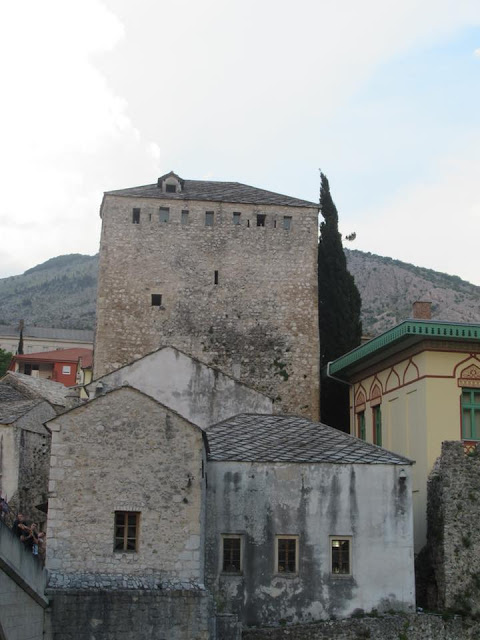The Liberty Gazette
June 26, 2018
Ely Air LinesBy Mike Ely and Linda Street-Ely
Linda: The ten-hour flight from Houston to Munich in a United Airlines Boeing 767 was relatively comfortable. However, I really prefer the front seat to anything in the back. Stuck as passengers, we passed the time through changes in daylight by reading, napping, and wandering about the cabin. Long flights offer opportunities to chat with flight attendants in the aft galley when we get up to stretch. But I’d still rather be at the controls of this aluminum tube.
After an hour in Munich, we boarded a Q-400, a twin-engine turbo-prop made by the DeHavilland aircraft company of Canada. They used to call this airplane a “Dash-8,” dash being how one would pronounce the three-letter identifier of the company, “DHC.” They numbered their aircraft models, this one being an 8. Years later, DeHavilland redesigned the airplane. They replaced the propellers with ones that have more blades, turn slower, and make less noise. Emphasizing the quietness, the airplane was re-named Q-400 (Q for quiet, 400 being the series number).
Aboard Croatian Airlines’ hushed Q-400, we flew from Munich to the capital of Croatia, Zagreb. This is one of very few cities in the world I would return to (there’s still so much I haven’t seen). Zagreb is fascinating, as is all of Croatia and the other countries that came out of the former Yugoslavia.
In lovely Zagreb we took advantage of two walking tours, one of general history and one of military history. We had our first escape room experience too. It was an outdoor version more like a treasure hunt, learning local folklore and culture.
In the game, “Unlock Zagreb,” we wandered the streets of the old town, solving riddles and puzzles to discover tales of the city. Our mission: Save Duchess Ruzica. We promised not to divulge secrets of their super fun game, so we’ll just share what’s on their website: Bloody Bridge was named after the fierce battles fought between two neighboring settlements of centuries past, the diocesan Kaptol, and the free royal settlement of Gradec. The bridge (which is no longer there) is also linked to the legend of Duchess Ruzica Gising and the Knight Pavo Slavinic.
Daring as it was, we were appointed to undergo six tests of chivalry to show whether we “have what it takes to be a knight.” Good thing I had Mike with me.
The evil Duke Grdun wanted beautiful Ruzica for himself, and the game master warned, Grdun was on his way, so we must be quick! (The game was only one hour long.)
Turns out, we’re not that good at games with clues, so the very gracious game master left her office in the historic building that was once a brothel to help us figure it out. What a great time we had exploring Zagreb! I wish I could tell you the whole story, but you’ll have to board that 767 and the Q-400 and meet up with Sonya at Enigmarium in Zagreb to find out who won Ruzic's hand in marriage.
I’d love to go back there some day.
ElyAirLines.blogspot.com



































